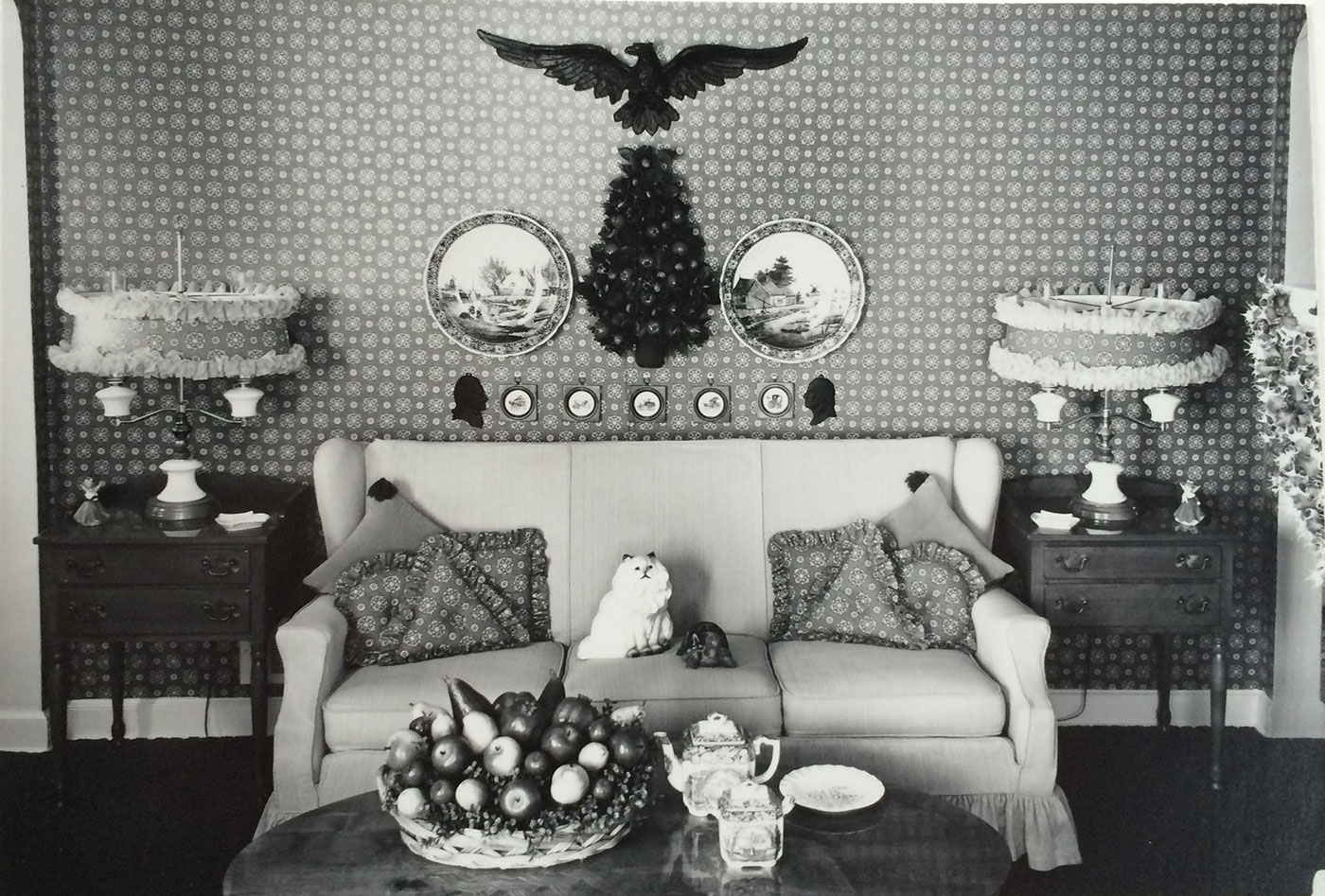Cohen / Estate
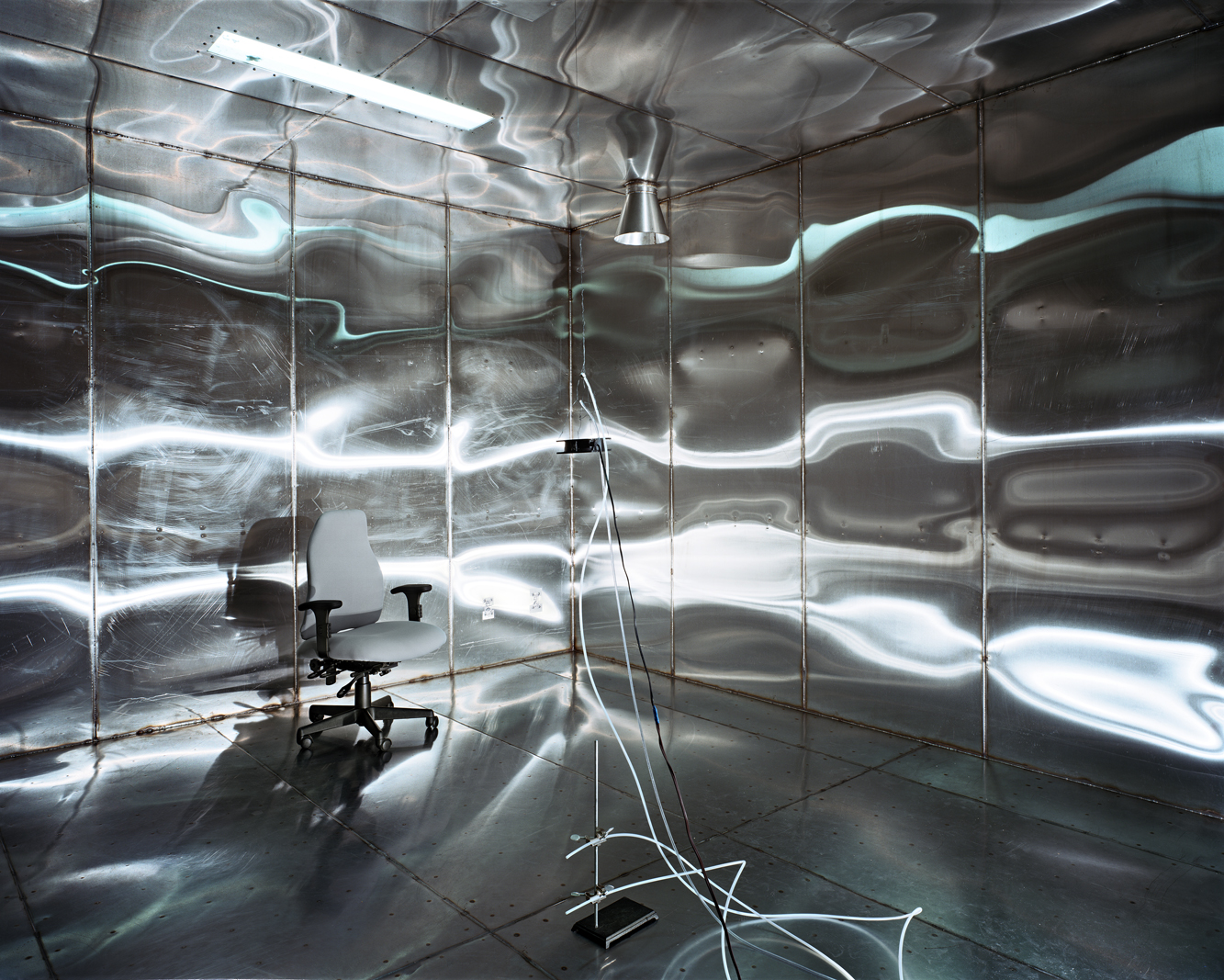
Lynne Cohen / Estate
Untitled (Stainless Lab - Laboratory), 1999-2012
Edition of 3 ex + 1 AP
Galerie In Situ - fabienne leclerc, Grand Paris
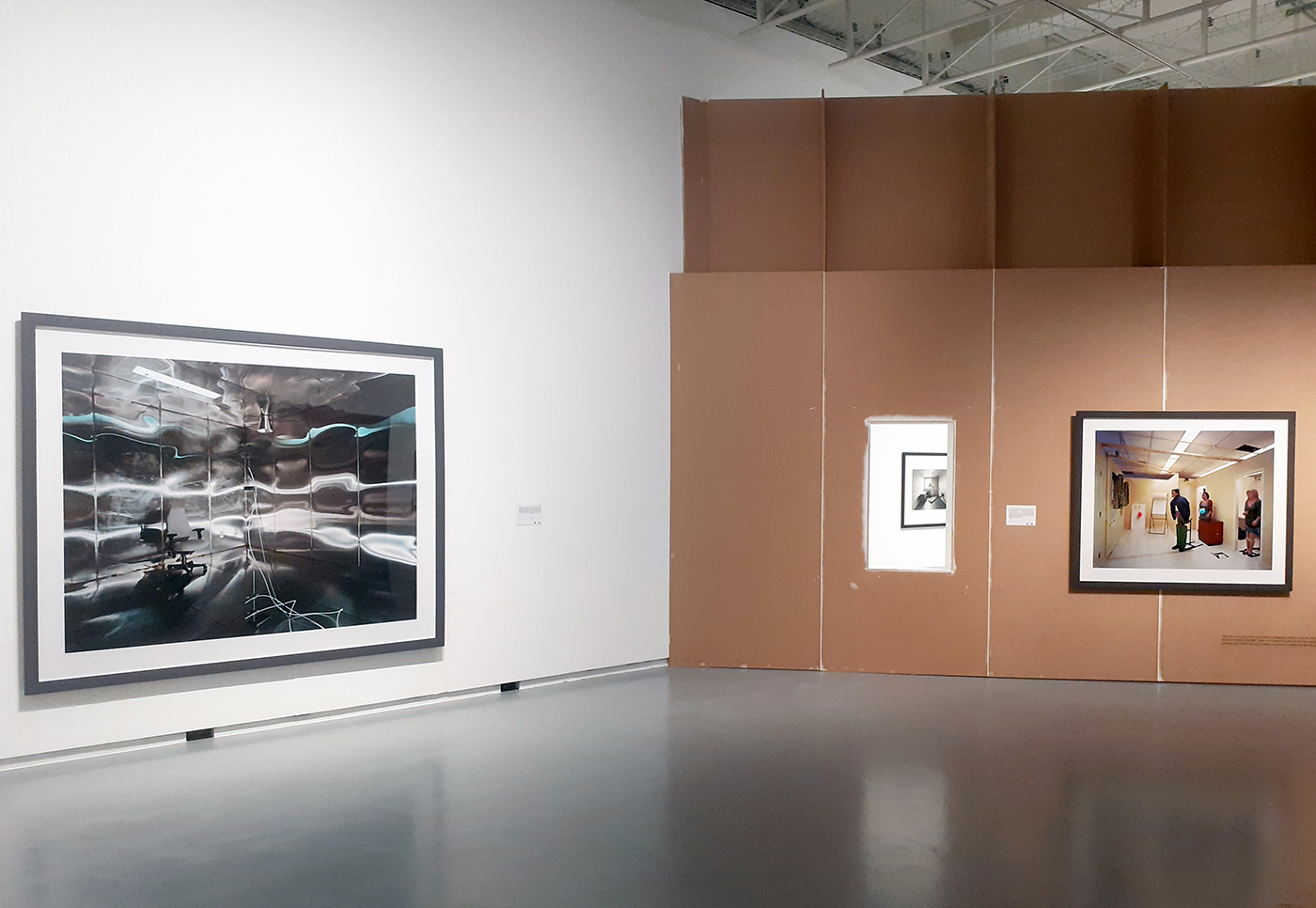
Lynne Cohen / Estate
Untitled (Stainless Lab - Laboratory), 1999-2012
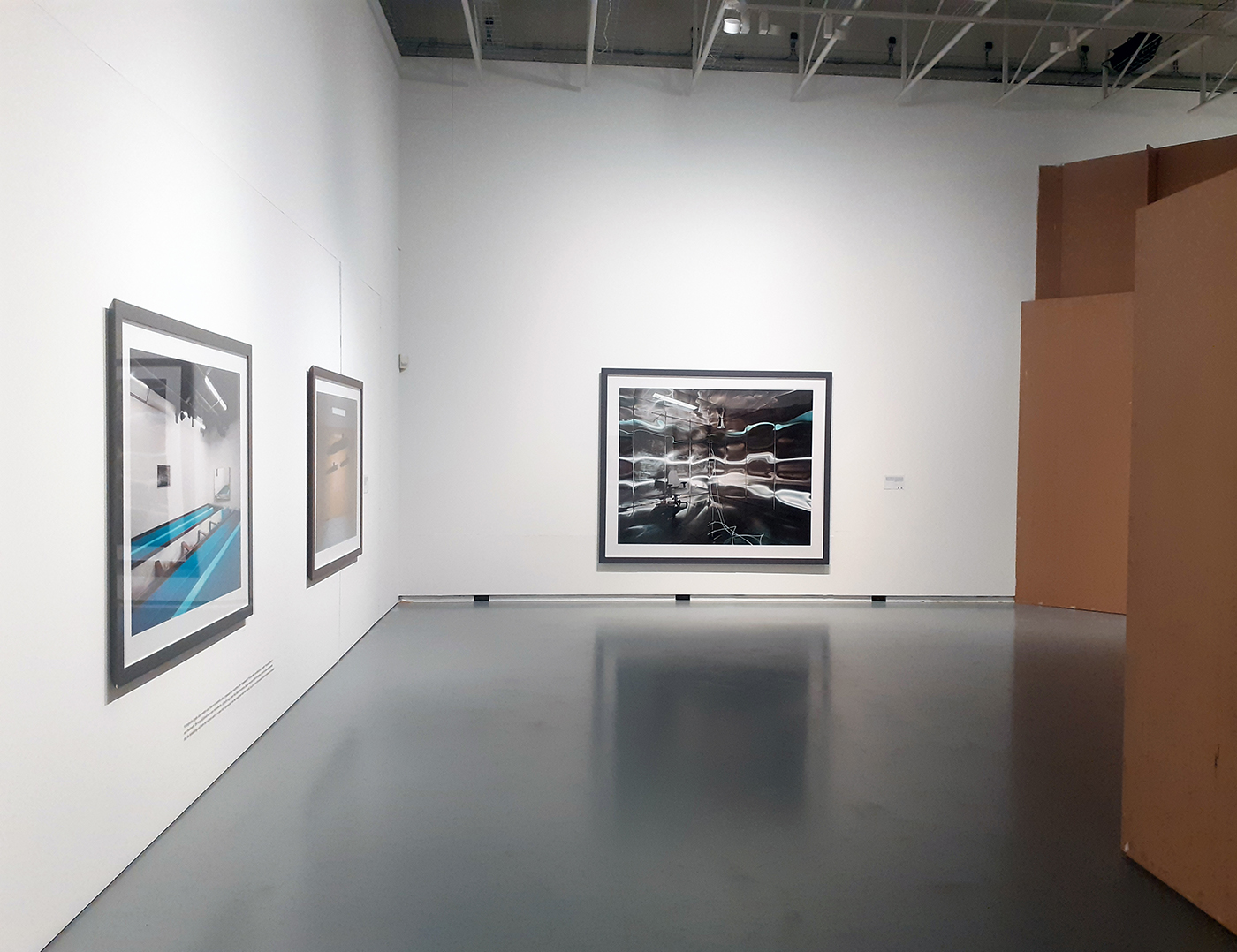
Lynne Cohen / Estate
Untitled (Stainless Lab - Laboratory), 1999-2012

Lynne Cohen / Estate
Untitled (Stainless Lab - Laboratory), 1999-2012
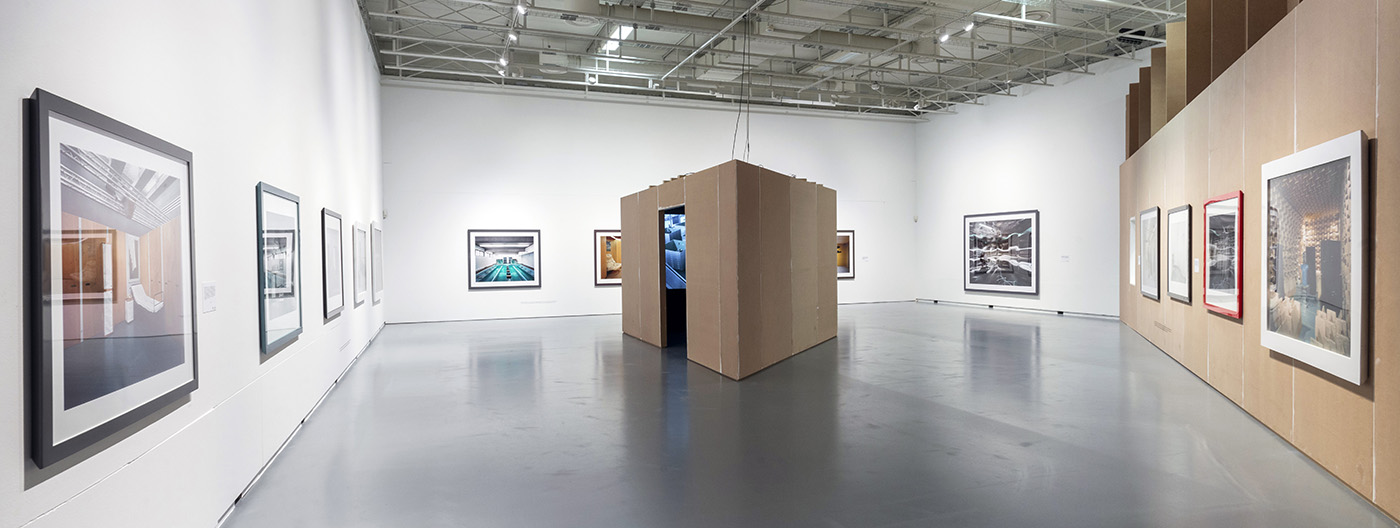
Lynne Cohen / Estate
Untitled (Stainless Lab - Laboratory), 1999-2012
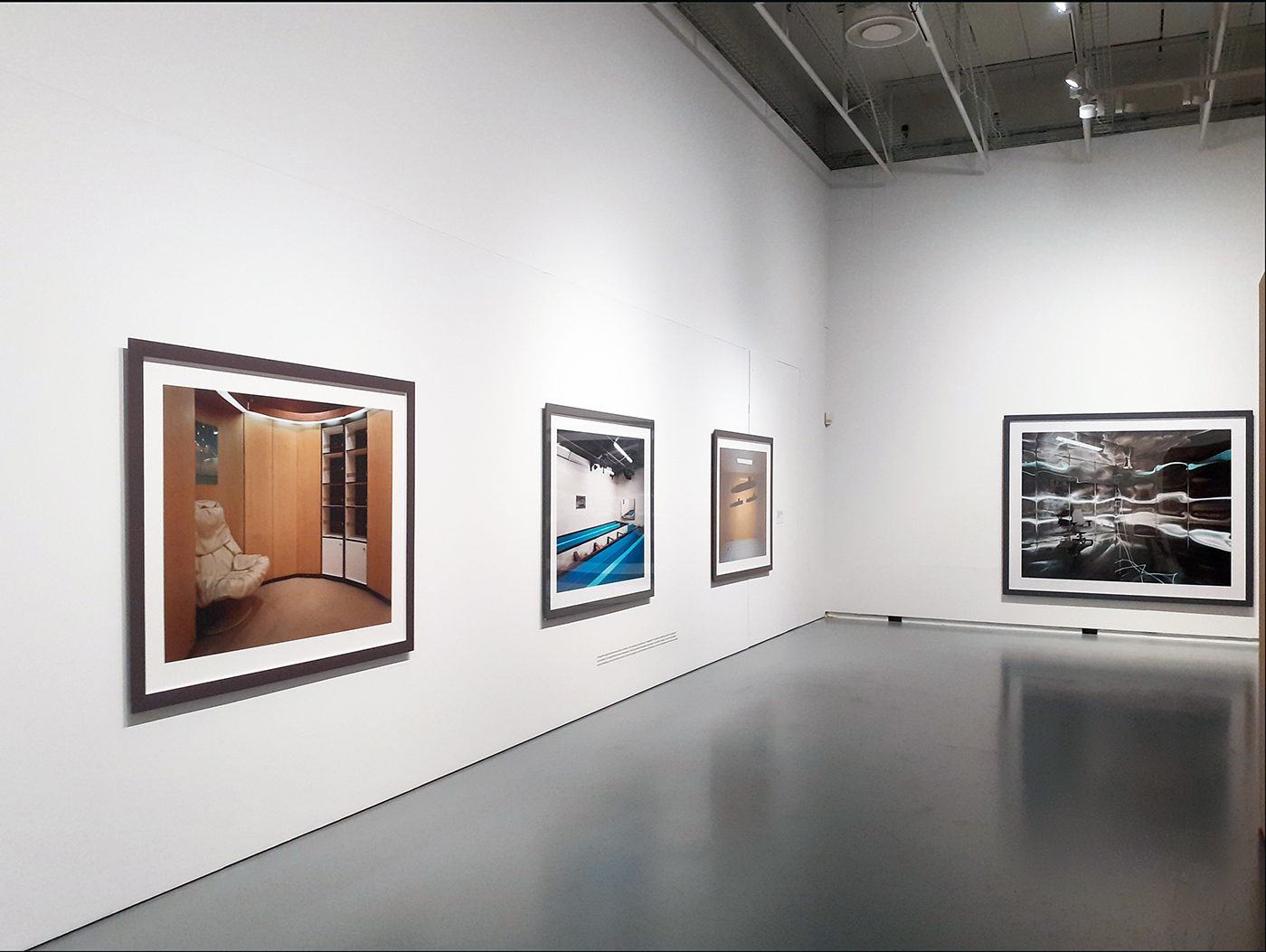
Lynne Cohen / Estate
Untitled (Stainless Lab - Laboratory), 1999-2012
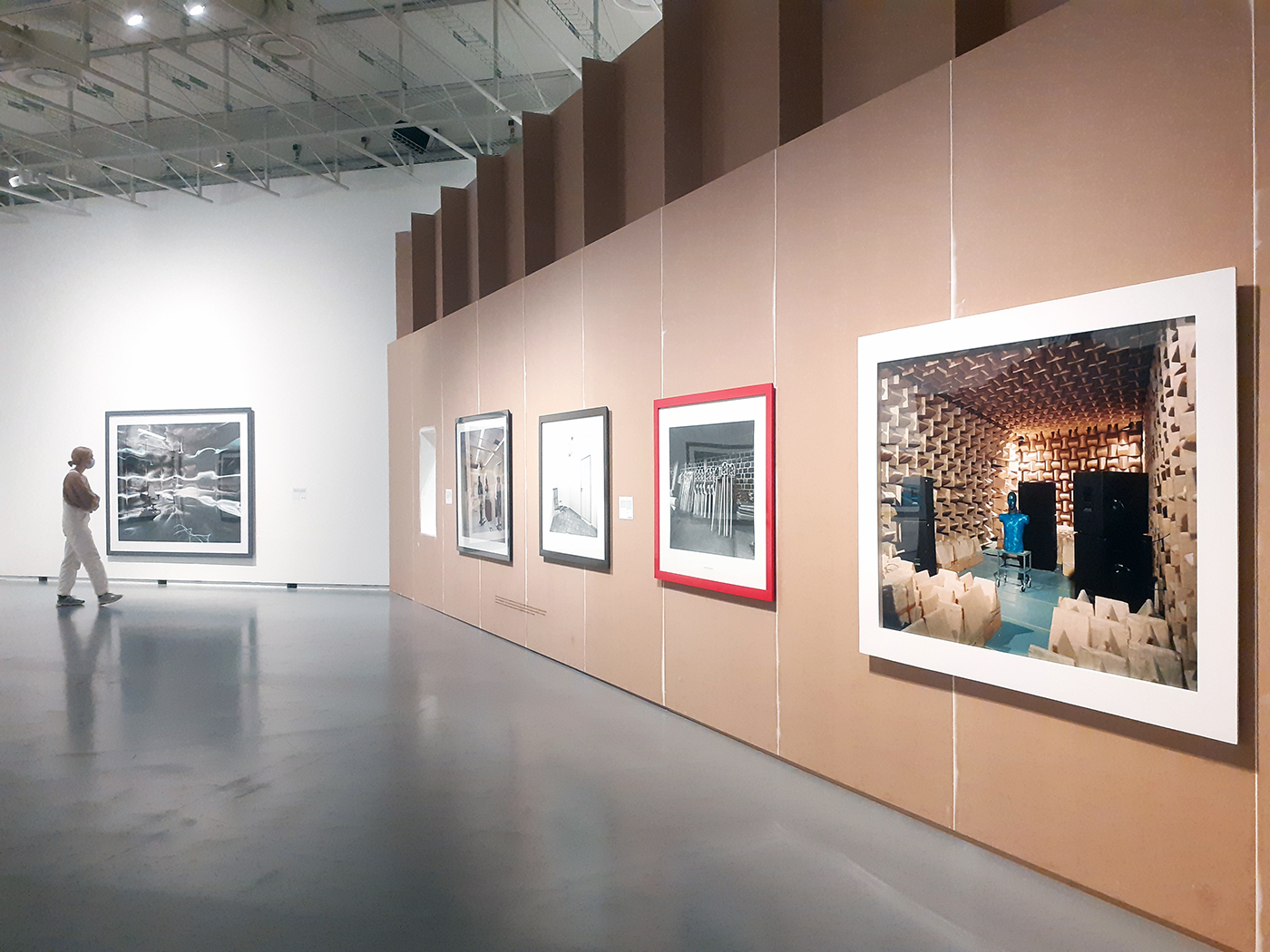
Lynne Cohen / Estate
Untitled (Stainless Lab - Laboratory), 1999-2012
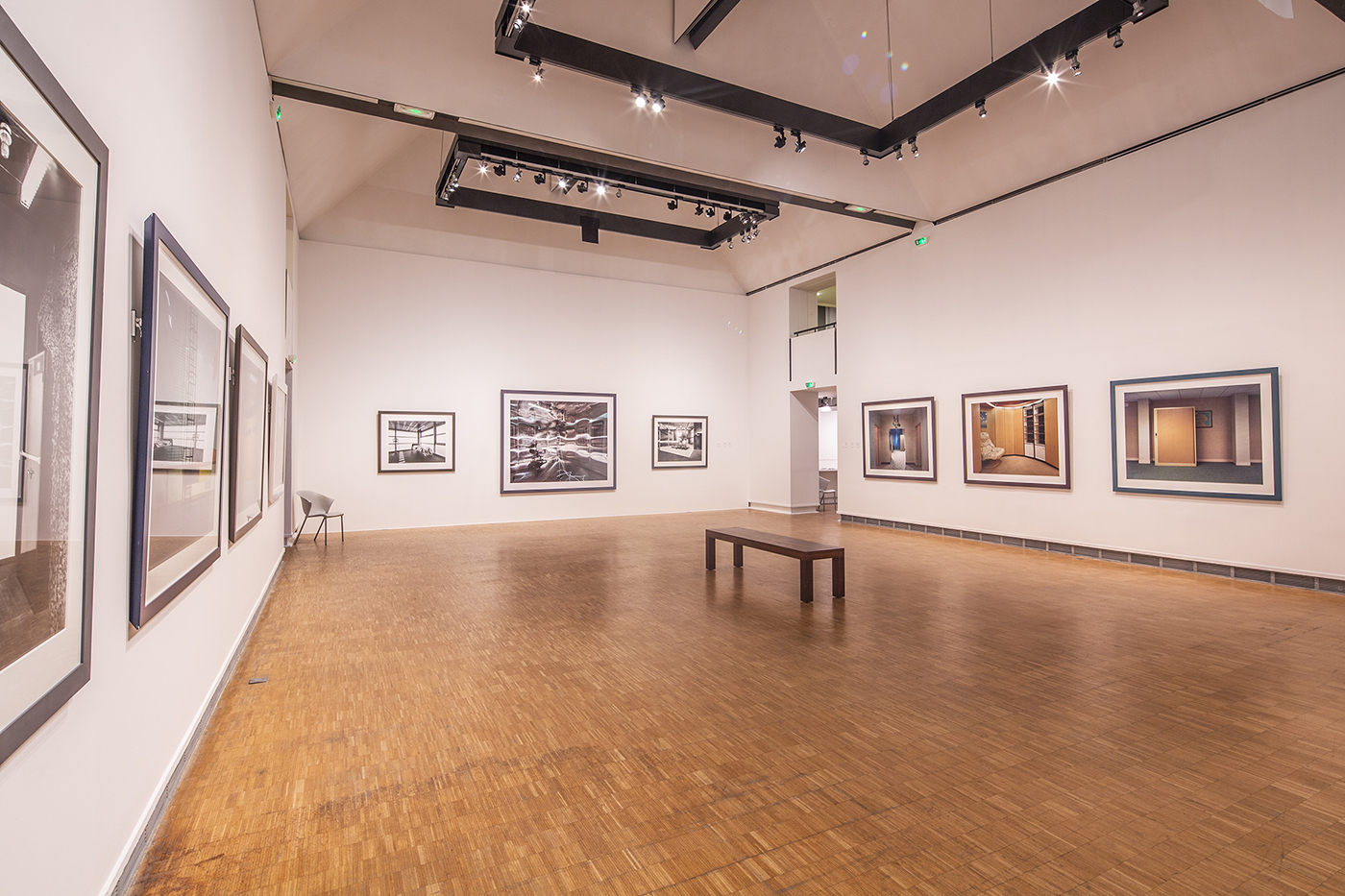
Lynne Cohen / Estate
Untitled (Stainless Lab - Laboratory), 1999-2012
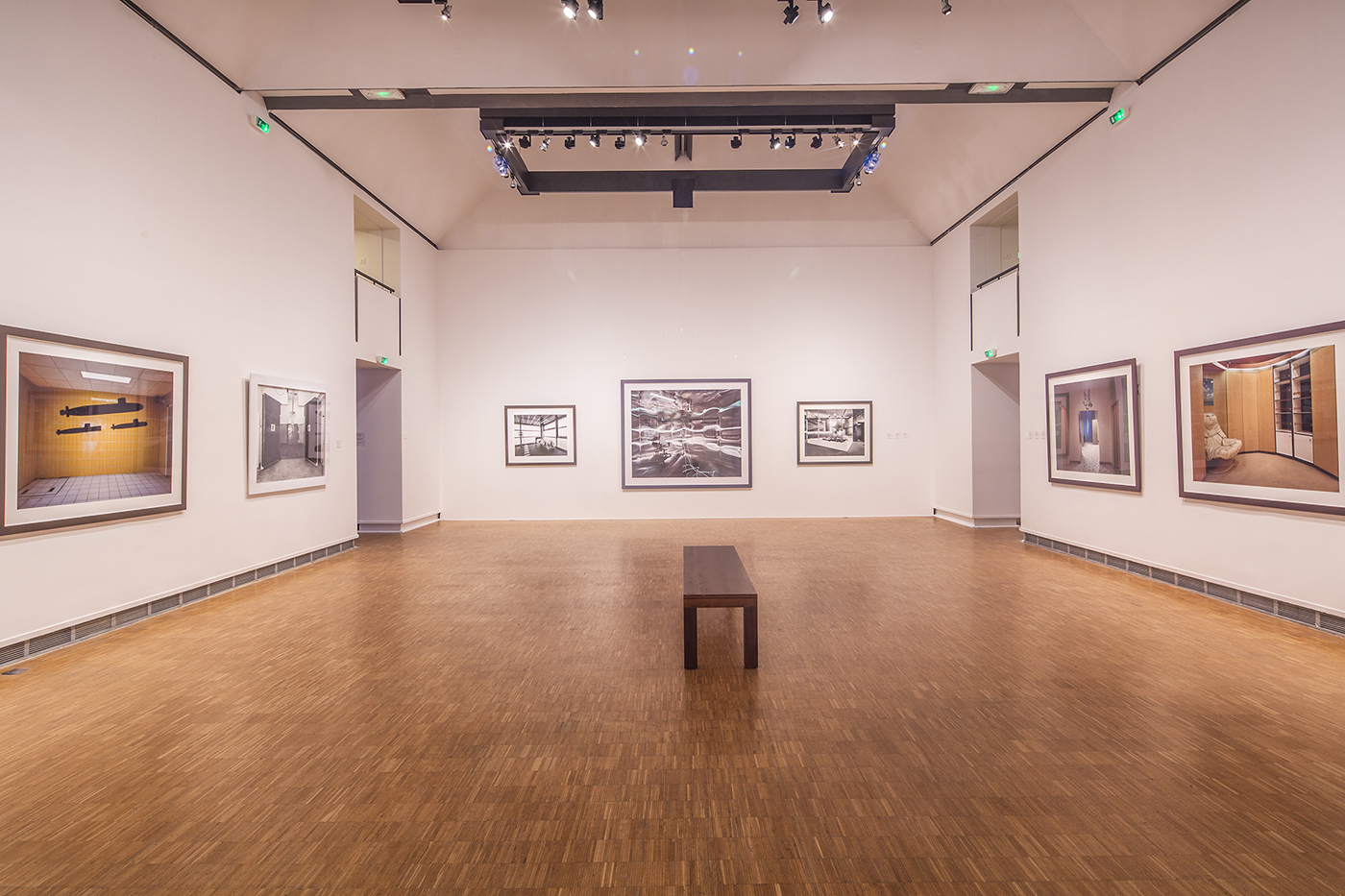
Lynne Cohen / Estate
Untitled (Stainless Lab - Laboratory), 1999-2012
When I saw this photograph enlarged to 180 x 220 cm, it was as if I had seen it for the first time. This was some twelve or thirteen years after I had first printed it as 125 x 150 cm, which is hardly tiny. The size made a huge difference. The larger version seemed painterly and the content "diluted". Previously it was more legible as a document. It still has a subject but it is more of an abstraction. I mean it become more formal, less about a particular room. The picture opened up and the colour became stronger. The rust at the seams is now palpable and the scratches on the wall more apparent. These details are all very photogenic.
It is almost as if you are looking at an abstract expressionist painting. You see something similar in the marks left by skaters in the pictures I took of skating rinks and in the marks on the linoleum floors in the pictures I took of banquet halls. It is as if the traces are records of all that has gone on-as in a Jackson Pollock painting.
But the photograph is also a document. It is pretty obvious that this is a stainless steel room, but it is not so clear what it is for. There are more than a few questions for the viewer to ponder.
It is this back-and-forth between the document and the abstraction that grabs me. Howis it possible that sometimes a record becomes more an abstraction than a document ? In smaller pictures, the abstraction is there but less noticeable.In larger pictures it can even take over.
Also, I find it curious that here you do not know whether the scratches are in the room or on the glass protectring the photograph. Are they on the walls of the laboratory or was there a mistake in the printing ? It is not even clear whether they are abrasions or reflections, or where exactly they start and stop.
Catalogue "Lynne Cohen - Faux Indices" - Exhibition at Musée d'art contemporain de Montréal - from February 7 to April 28, 2013 / Lynne Cohen & François LeTourneux (Page 55)
